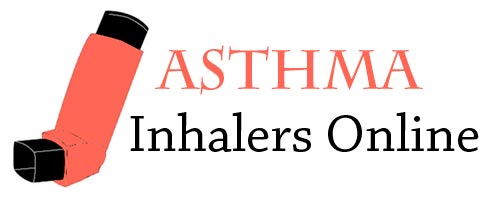Detection of Airway Obstruction in Exercise-Induced Asthma Observations
In most studies, the workload is reported as treadmill speed, the angle of inclination (or percentage of grade), and length of the exercise period. It has been shown that the external work performed on a treadmill also depends on body weight. Thus, to obtain more uniform and comparable data in the period after exercise, the workload expressed in watts was standardized per kilogram of body weight. Mild to moderate workloads requiring only a fast walk











